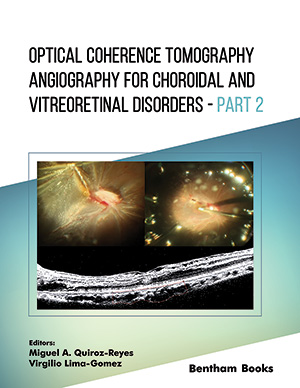Abstract
Alzheimer Disease (AD) pathology has been linked to brain accumulation of β amyloid (Aβ) and neurofibrillary tau tangles. An intriguing question is whether targeting factors independent of Aβ and tau pathologies could delay or even stop neurodegeneration. Amylin, a pancreatic hormone cosecreted with insulin, is believed to play a role in the central regulation of satiation and was shown to form pancreatic amyloid in persons with type-2 diabetes mellitus. Accumulating evidence demonstrates that amyloid-forming amylin secreted from the pancreas synergistically aggregates with vascular and parenchymal Aβ in the brain in both sporadic and early-onset familial AD. Pancreatic expression of amyloid-forming human amylin in AD-model rats accelerates AD-like pathology, whereas genetically suppressed amylin secretion protects against AD effects. Thus, current data suggest a role of pancreatic amyloid-forming amylin in modifying AD; further research is required to test whether lowering circulating amylin levels early during AD pathogenesis may curb cognitive decline.
Keywords: Brain accumulation amyloid β (Aβ), Alzheimer disease (AD), Bloodborne pancreatic amylin, neurofibrillary tau tangles, neurodegeneration, bloodborne.
[http://dx.doi.org/10.15252/emmm.201606210] [PMID: 27025652]
[http://dx.doi.org/10.1016/S0140-6736(15)01124-1] [PMID: 26921134]
[http://dx.doi.org/10.2337/diab.39.5.634] [PMID: 2185112]
[http://dx.doi.org/10.1152/physrev.00042.2009] [PMID: 21742788]
[http://dx.doi.org/10.1007/s00018-011-0905-1] [PMID: 22193913]
[http://dx.doi.org/10.1016/S0196-9781(98)00018-7] [PMID: 9663454]
[http://dx.doi.org/10.1038/nature13297] [PMID: 24847884]
[http://dx.doi.org/10.1126/science.3086977] [PMID: 3086977]
[http://dx.doi.org/10.1056/NEJMoa065213] [PMID: 17429083]
[http://dx.doi.org/10.1038/ni.1935] [PMID: 20835230]
[http://dx.doi.org/10.1002/ana.23956] [PMID: 23794448]
[http://dx.doi.org/10.2174/1567205011666141107124538] [PMID: 25387341]
[http://dx.doi.org/10.1016/j.ajpath.2014.11.016] [PMID: 25700985]
[http://dx.doi.org/10.3233/JAD-160047] [PMID: 27163815]
[http://dx.doi.org/10.1177/0271678X16657093] [PMID: 27354094]
[http://dx.doi.org/10.1002/ana.24992] [PMID: 28696548]
[http://dx.doi.org/10.1016/j.neurobiolaging.2018.05.003] [PMID: 29864717]
[http://dx.doi.org/10.1002/ana.25570] [PMID: 31376172]
[http://dx.doi.org/10.1002/trc2.12130] [PMID: 33521236]
[http://dx.doi.org/10.1186/1750-1326-9-30] [PMID: 25149184]
[http://dx.doi.org/10.1016/j.kint.2019.07.028] [PMID: 31739987]
[http://dx.doi.org/10.1007/s11306-016-1022-9] [PMID: 28775675]
[http://dx.doi.org/10.1093/braincomms/fcz036] [PMID: 32954311]
[http://dx.doi.org/10.1038/mp.2016.35] [PMID: 27021820]
[http://dx.doi.org/10.1007/s00259-018-3995-2] [PMID: 29651545]
[PMID: 9725822]
[http://dx.doi.org/10.1038/335632a0] [PMID: 3050530]
[http://dx.doi.org/10.1007/BF00400848] [PMID: 1541378]
[http://dx.doi.org/10.1038/nature13910] [PMID: 25409149]






























